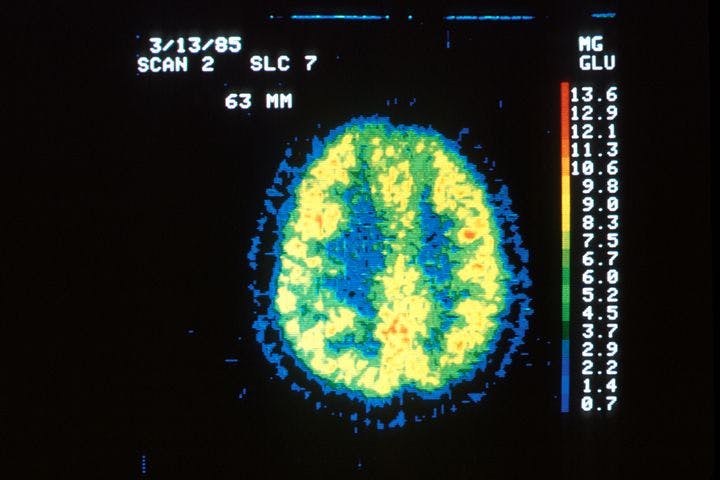Fall 2012
The Many Lives of Memory
– The Wilson Quarterly
Remembering H.M. and the incredible discoveries his brain allowed scientists to make.
For most of his life, 27-year-old Henry Molaison had suffered from severe epilepsy. In 1953, in a bid to ease his condition, doctors performed experimental brain surgery, removing his hippocampus. Molaison’s epilepsy vanished, but so did his ability to form short- and long-term memories. He could still walk, talk, read, and dress himself, and recalled concepts, events, and people from before the operation. Yet “he remembered no events and very few facts” from after it, according to John D. E. Gabrieli, a cognitive neuroscientist at MIT, where Molaison participated in years of studies until his death in 2008.
Molaison contributed “more to our understanding of the brain than had been learned in the previous 100 years,” said Robert Desimone, a cognitive scientist at MIT. That contribution prompted Desimone, Gabrieli, and other leading neuroscientists to participate in a panel discussion honoring Molaison, with excerpts published in the Bulletin. By studying what he could and could not remember, scientists determined that H.M., as he is called in the scientific literature, was able to form new memories in unexpected ways. This finding ushered in a more complex understanding of memory and cognition.
In the years after the operation, a neuropsychologist, Brenda Millner, taught H.M. to write by having him watch his hand in a mirror. He retained no memory of the sessions, or of Millner herself. H.M.’s accomplishment, which Millner chronicled in a study, opened a window onto a “separate, independent instrument of memory that allows us to be powerful skill learners,” Gabrieli said.
In another investigation, Gabrieli, then a graduate student, gave H.M. a list of words to read that contained the seldom-used term “bazooka.” H.M. could not remember the words on the list—or that there had been a list—but when Gabrieli asked him to name three weapons, “gun,” “knife,” and “bazooka” were the items he named. This and other experiments demonstrated that “words that are instantly forgotten leave another kind of memory trace in the brain,” Gabrieli said.
While in graduate school, Elizabeth Kensinger, now a cognitive scientist at Boston College, designed a test for H.M. in which he had to select the famous individual from a pair of names. To her surprise, he was just as successful picking out people who became famous after his surgery as those who were famous before it. Despite the severity of his amnesia, “some kind of slow learning process allowed him to glean new knowledge,” Kensinger explained. Most of us learn new information after being exposed to it just a few times; H.M. probably used a different mechanism that allowed for learning after thousands of exposures.
H.M. helped correct the idea that an injury to just one part of the brain could obliterate the capacity to learn and remember. Through him, scientists realized that “memory is a fantastic diversity of different instruments geared to learn different kinds of things,” Gabrieli said. These instruments may occasionally interact, “but they lead independent lives in our brains.”
THE SOURCE: “Remembering H.M.” in Bulletin of the American Academy of Arts and Sciences, Summer 2012.
Photo courtesy of Wikimedia Commons
